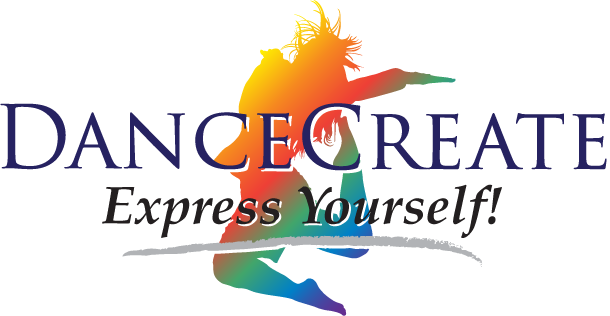DanceAbility Tips: The Balance of Technique and Expression
In great dance, there is always a balance of technique and expression. This is my teaching philosophy, and I’ve developed it through my entire journey in dance.
When I started out dancing as a child, I was all self-expression. Then, entering Ballet study (which was ALL technique) I would get in trouble for creating expressive flairs. After time, I buried my self-expression with technique and subsequently lost the joy and the impetus to follow my creative expressiveness.
My rehabilitation in dance was getting back to the joy of dance that I discovered as a child. Finding every piece of music I loved and finding my play, my bliss, my purpose of wanting to move my body and express myself through dance. As I went forward with my rehab and began to teach, I realized the importance of technique along with expression and how the two help each other.
Take the student that is all technique and over-focused on perfectionism. Their dancing is mechanical and about tricks and having the movement just right. It loses heart, becomes more technique than a living thing. That’s ok, it can be pretty to look at. But give this student tools to discover the other side of dancing—the expressive side—then their dance becomes an art form, not simply just great technique. Art, all of a sudden becomes a communication, not something one just looks at, but something one can be deeply moved by, or even changed by.
The other benefit for the technical dancer is those times where they couldn’t hit the double pirouette or their extension wasn’t so high because they were locked into technique suddenly improve because now they are not thinking strictly of technique. They can hit things they haven’t hit before because the focus is now on expression. I’ve not only seen this happen, I’ve experienced it personally.
On the flip side, give some solid, basic technique to the person that is all expression. What begins to happen with them is that the dancing they imagine in their head they are physically able to bring to life. It’s beautiful; they’re connected to their heart and are able to express freely and with good technique.
When you see the person with all expression start to get technique in, then they have more ability to express themselves in ways that they couldn’t before: how to do a real pirouette or how to turn correctly or how to dance with more control.
I have established my teaching philosophy with the balance of technique and self-expression. For the technique person, they can feel safe in technique and get self-conscious about free expression. But when you start breaking down the creative process and how to express oneself it starts to come out. They can discover the joy of how they want to express themselves and trust that their technique will be able to support what they physically want to express, rather than if they just had technique or just had expression to rely on. When you dance with the balance between expression and technique, it can be a more freeing and cathartic experience for you and the audience!
Look at it like learning to drive a car. At first you’re so self-conscious, there’s not much freedom in driving, your hands are locked onto the wheel, eyes on the road. But after you drive the car technically correct for a certain amount of time, you are more relaxed, you put on music, and enjoy driving the car. However, if you drive the car in a completely free-wheeling manor, you can get into serious trouble out on the road.
My classes are designed to have that structure: half technique, half expression. I’ve found it to be an effective formula for success!
